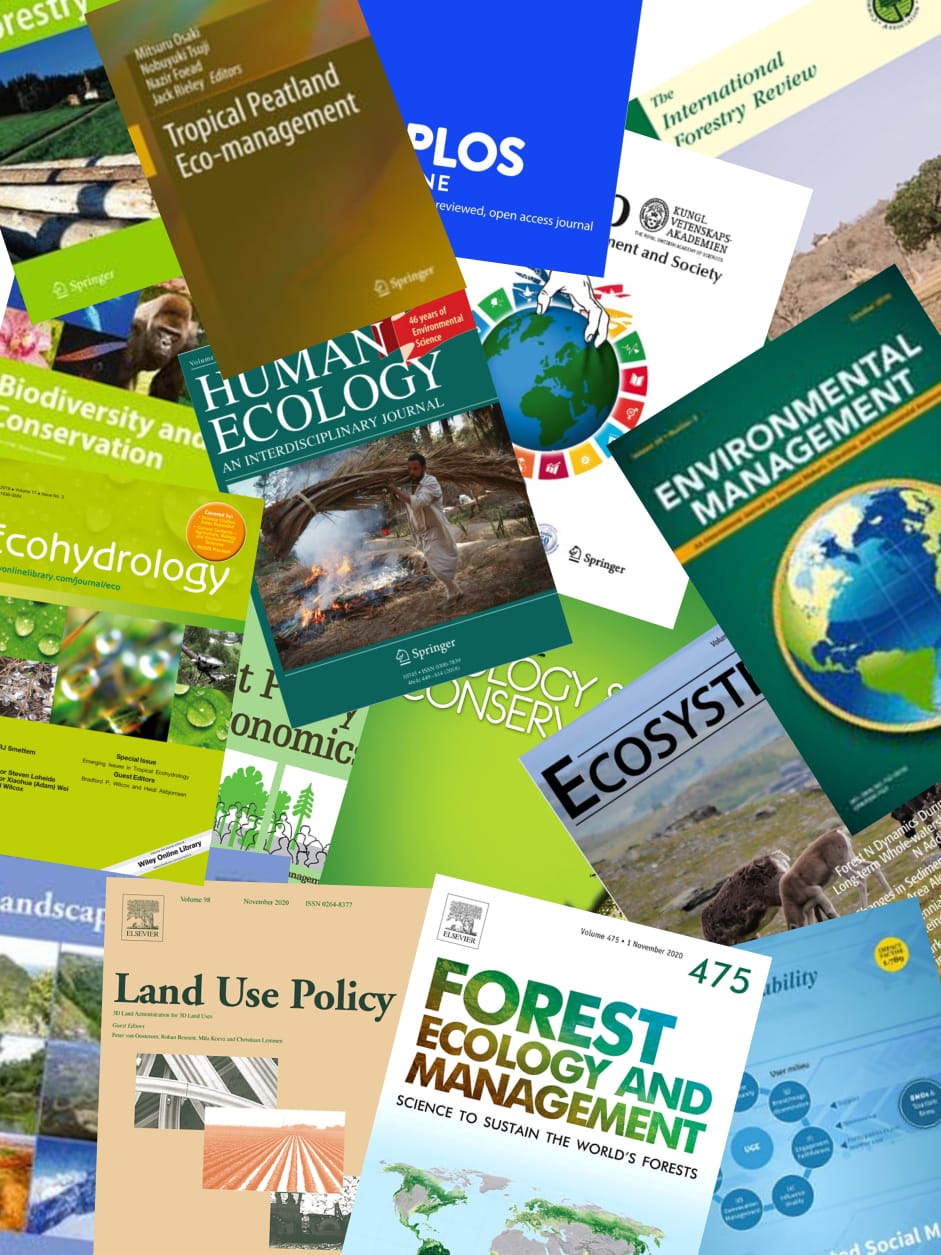Tropical rainforests and related biomes are found in Asia, Australia, Africa, Central and South America, Mexico, and many Pacific Islands. These biomes encompass less than 20% of Earth's terrestrial area, may contain about 50% of the planet's biodiversity, and are endangered regions vulnerable to deforestation. Tropical rainforests have a great diversity of substrates that can be colonized by yeasts. These unicellular fungi contribute to the recycling of organic matter, may serve as a food source for other organisms, or have ecological interactions that benefit or harm plants, animals, and other fungi. In this review, we summarize the most important studies of yeast biodiversity carried out in these biomes, as well as new data, and discuss the ecology of yeast genera frequently isolated from tropical forests and the potential of these microorganisms as a source of bioinnovation. We show that tropical forest biomes represent a tremendous source of new yeast species. Although many studies, most using culture-dependent methods, have already been carried out in Central America, South America, and Asia, the tropical forest biomes of Africa and Australasia remain an underexplored source of novel yeasts. We hope that this review will encourage new researchers to study yeasts in unexplored tropical forest habitats. Tropical forest biomes encompass less than 20% of Earth's terrestrial area, but may contain about 50% of the planet's biodiversity. This review shows that these biomes, mostly situated in regions very vulnerable to deforestation, represent a huge source of new yeast species.image Tropical rainforests and related biomes are tremendous sources of novel yeasts.Tropical yeasts participate in several ecological interactions that contribute to the health of these ecosystems.Most studies of yeast diversity in tropical forests were carried out using culture-dependent methods.Yeasts from tropical rainforests are rich sources for bioinnovation.
View source

